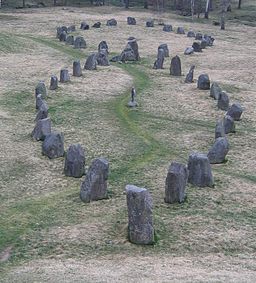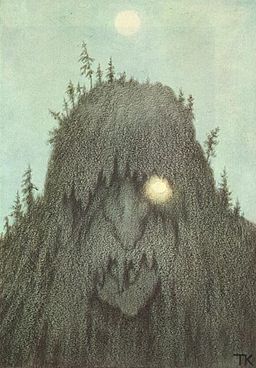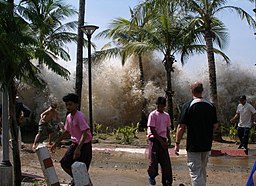Death in Ice Valley

By User:Berig (User:Berig. Transferred from en.wp) [GFDL (http://www.gnu.org/copyleft/fdl.html) or CC-BY-SA-3.0 (http://creativecommons.org/licenses/by-sa/3.0/)], via Wikimedia Commons
The mood of the podcast is set at the start of each episode by the sound of the drizzling rain and a haunting vocal. The degree of research that went into this production is simply staggering. The two reporters -one British, one Norwegian- travel from the remote fjords of northern Norway to the home of an aging crime reporter in Spain. They find the woman’s jaw, do DNA testing, and locate a secret file. And with every discovery a new door opens, and more questions surface. As the story progresses, we become swept into the Cold World era. The tale is worth of one of my favorite fictional characters, George Smiley. While there are no supernatural elements to this podcast, it is a haunting, atmospheric puzzling production. The podcast is available everywhere from iTunes to Overcast. Highly recommended.
If you are interested in a tale of the Northern supernatural, you may also want to put on the kettle, and read my book Dangerous Spirits. But it’s best not to do it in the midst of a Canadian or New England winter, especially if there is a blizzard, and the raccoon is making those sounds in the attic again.





![Marine gets his wounds treated during operations in Huế City, 1968. By Undetermined U.S military photographer [Public domain], via Wikimedia Commons . By Undetermined U.S military photographer [Public domain], via Wikimedia Commons](http://introglobal.wpengine.com/wp-content/uploads/2016/06/1024px-OperationHueCity1967wounded-300x210.jpg)